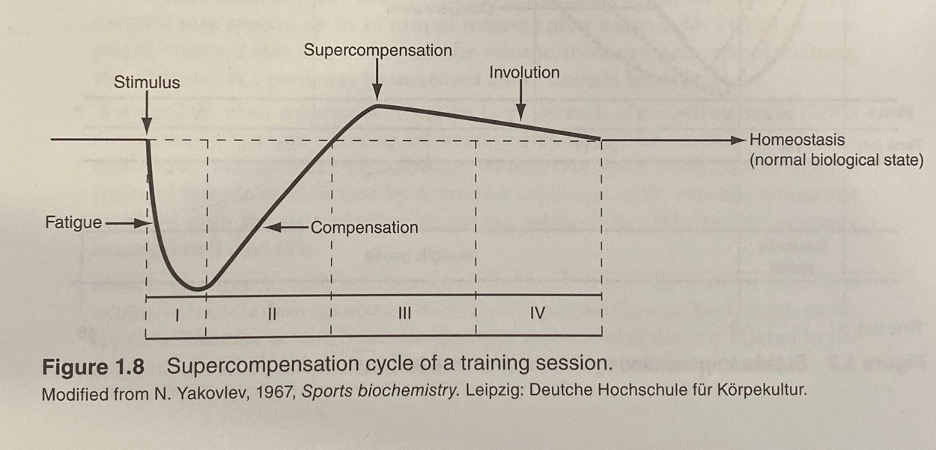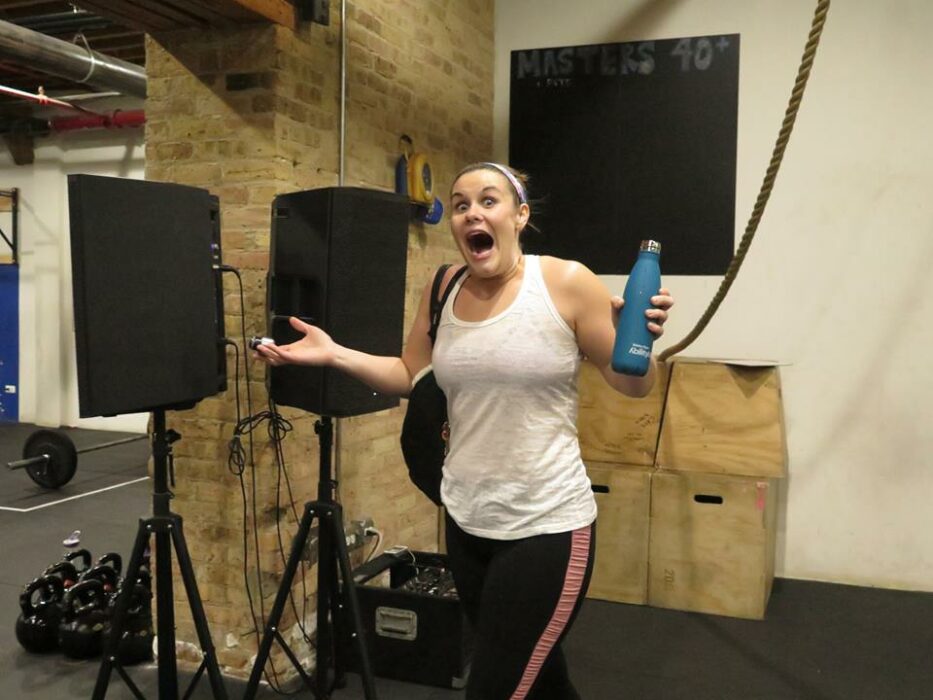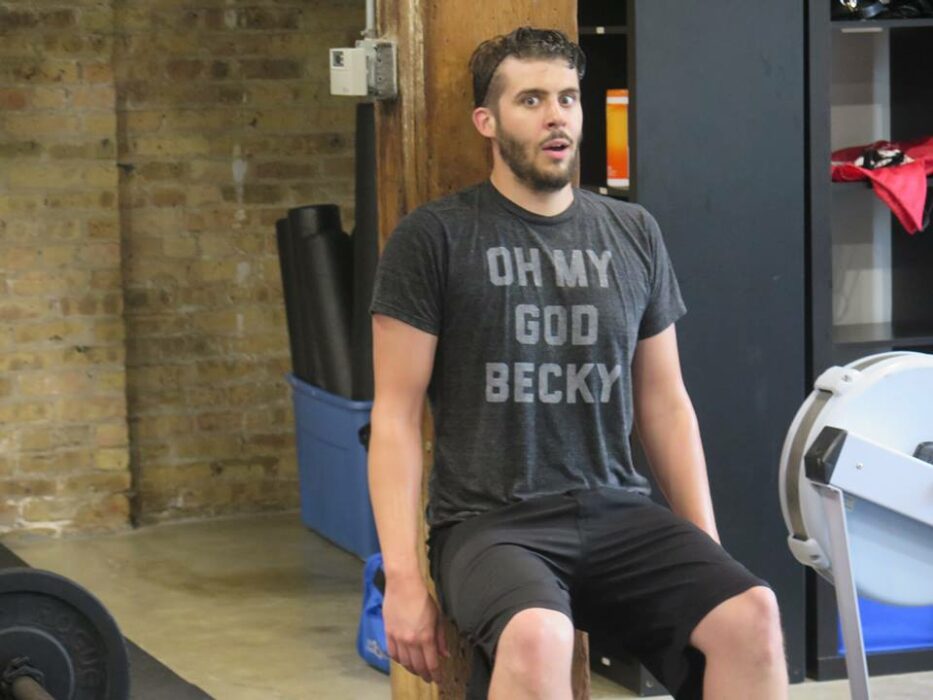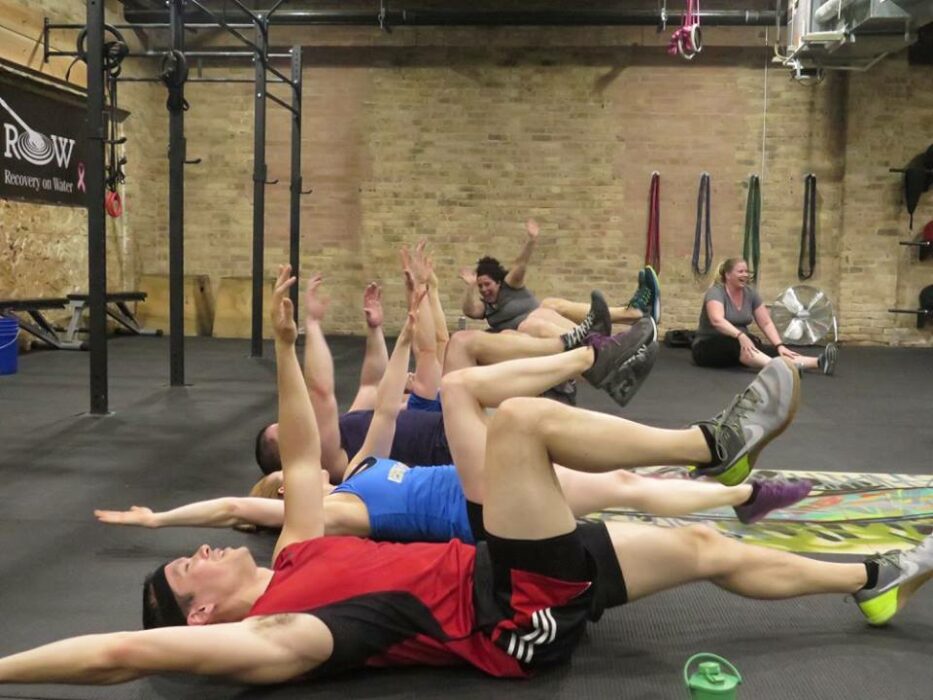Rest is for the weak…
This is one of those mythical statements that you learn as a youngster or by watching motivational Youtube videos. (heads up, this blog is a sequel to our Rest is for the weak…or is it? blog)
In reality, you HAVE to rest to get the most out of your health & fitness.
But what if I told you could “rest” while still feeling like you aren’t getting behind in your goals? Enter “Active Recovery” ?.
We define Active Recovery as movement or exercise that enhances the body’s natural recovery process. The goal is to increase blood flow and move joints through full ranges of motion at an intensity that encourages recovery while keeping the mind in the game on “off days”. Now to understand this recovery process, we must understand how our body’s adapt to exercise bouts (aka supercompensation).

Above is the body’s recovery process. Think of supercompensation as structured GAINZ.
- Stimulus (exercise) Occurs
- Fatigue is created by muscle/immune breakdown
- First stage of compensation (recovery) starts to occur with proper rest/recovery.
- Supercompensation (new fitness level) occurs.
- REPEAT for long-term growth
Now to make sure our “active recovery” routine enhances this process, we must make sure that the routine keeps us moving in the right direction (aka back towards full recovery and fitness enhancement). Below are three of the most common ways to create an active recovery routine that enhances your fitness.
1. Lower Intensity
If you are strapped for time or just don’t want to think about creating a whole new active recovery routine, lower the intensity of the already programmed workout. Easiest way to do this is to go lighter and/or slower than usual. Think of completing the workout at 70-75% capacity.
2. Mobility + Activation
EVERYONE has either a mobility or activation weakness (probably both) and active recovery days can be focused around turning those weaknesses into strengths! Think of 20 minutes of mobility specific to you and follow it with 10 minutes of activation exercises.
3. Long-Slow Distance (LSD)
Another active recovery structure that doesn’t take a lot of thought is the LSD method. Warm-up, do something at a low intensity with constant movement, cool down/mobilize, and you’re done.
Homework
I encourage you to write 3-5 “go-to” active recovery routines you can choose from on a regular basis. This is a SECRET WEAPON and when used appropriately…GAINZ!



